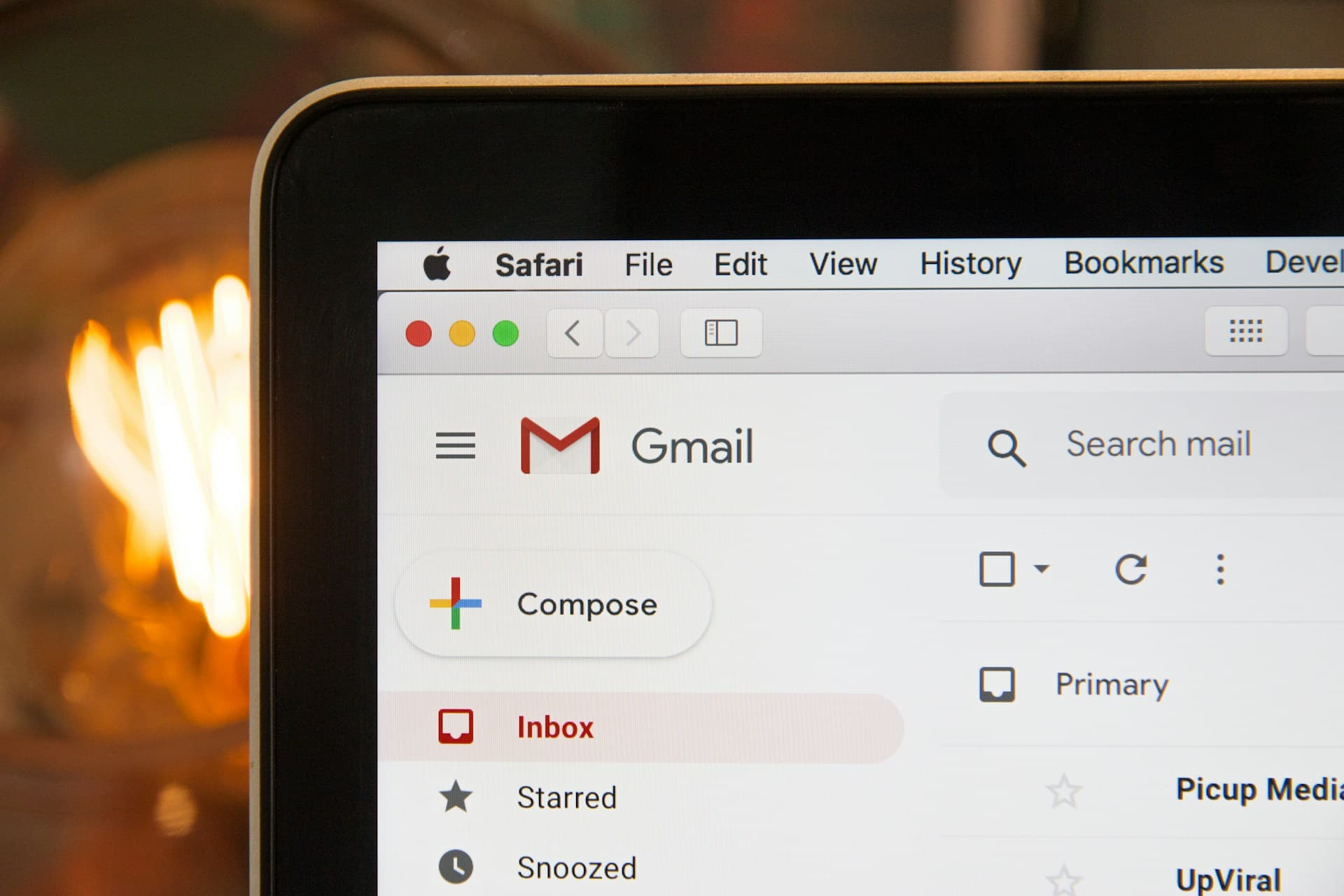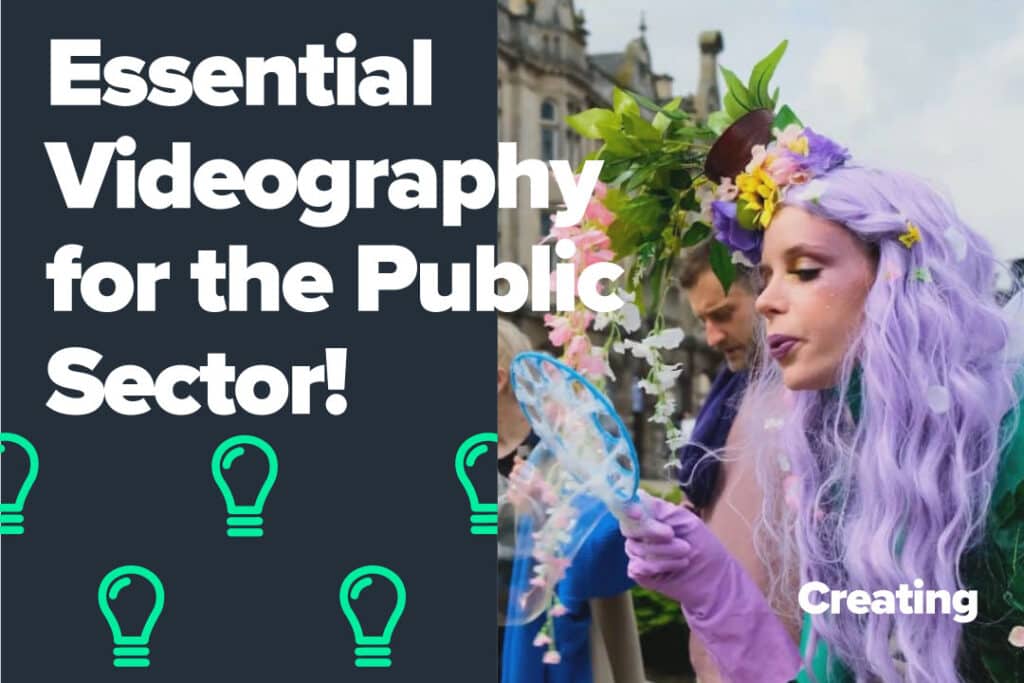Attention spans are shrinking, and competition for engagement is fiercer than ever. Personalisation has become the secret weapon in a copywriting toolkit. People expect brands to know them—to understand their needs, preferences, and even pain points.
You cannot simply personalise copywriting by inserting a name into an email subject line. It’s about creating a connection that feels genuine and tailored. It’s about saying the right thing to the right person at the right time, in a way that makes them feel valued and understood.
Here are three foolproof ways to personalise copywriting and help you unlock results!
Table of Contents

3 Easy Ways to Personalise Your Copywriting
1. Use the Audience’s Names & Specific Details
When you receive emails and marketing campaigns that mention you by name, it creates a unique and personal connection. This targeted approach makes you feel acknowledged and valued, drawing you into the conversation. When you personalise copywriting, it not only captures attention but also helps your audience develop a deeper relationship with your brand, fostering loyalty and engagement.
Leveraging data is key to achieving these personalised interactions. Consider setting up email automations that monitor user activity on your platforms. By tracking how users interact with your content, you can send them more tailored emails based on their specific behaviors. This targeted approach not only improves user experience but also drives conversions, as people are more likely to respond positively to communications that resonate with their individual needs and actions.
To get started, try using Mailchimp’s ‘Merge Tags Cheat Sheet’.
2. Segment & Tailor Your Audience
To effectively connect with your audience, it is crucial to address their unique needs and demonstrate that you truly understand their challenges. Recognising that your audience is not one-dimensional allows you to tailor your approach and resonate with different segments within the larger group.
Begin by breaking your audience down into specific segments based on various criteria such as age, demographic information, purchase history, and industry. By analysing these factors, you can gain valuable insights into their behaviors, preferences, and pain points.
Once you have a clear understanding of these segments, craft targeted communication that speaks directly to each group. By addressing these specific pain points and offering tailored, value-added solutions, you position yourself as a trusted partner who is genuinely invested in helping your audience succeed.
3. Focus on Empathy-Driven Copywriting
To effectively build trust and create a deeper connection with your audience, it’s crucial to tap into their emotions, challenges, and aspirations. Understanding what resonates with them will enable you to craft messages that truly engage and inspire. Read our blog on ‘6 Emotional Triggers in Copywriting‘ to find out how you can use emotions to personalise copywriting.
Start your messaging by identifying a common pain point or a shared goal that your audience can relate to. This approach not only establishes a connection but also shows that you understand their struggles. To further enhance your message, consider incorporating testimonials from satisfied customers, relevant anecdotes, or compelling data that reflect your audience’s journey. These elements serve as powerful tools to illustrate their experiences and reinforce their feelings.
When you personalise copywriting, it works best when it’s authentic and tailored, ensuring your audience feels genuinely understood as opposed to targeted by generic marketing tactics. After all, personalisation isn’t just another trend – it represents a fundamental shift in how brands communicate with their audiences to create meaningful interactions. So, take that extra step to personalise your messaging and understand your audience – you’ll be rewarded with stronger engagement and a deeper connection with your readers!
If you need help to personalise copywriting, we have a team of marketing experts that can assist you. Simply get in touch or email [email protected] for your free consultation!






